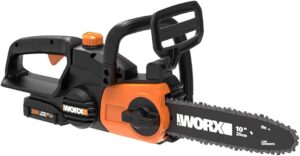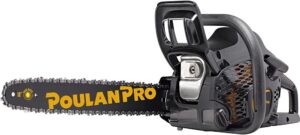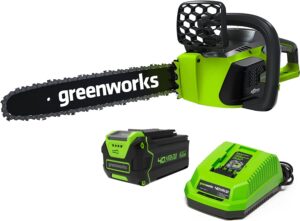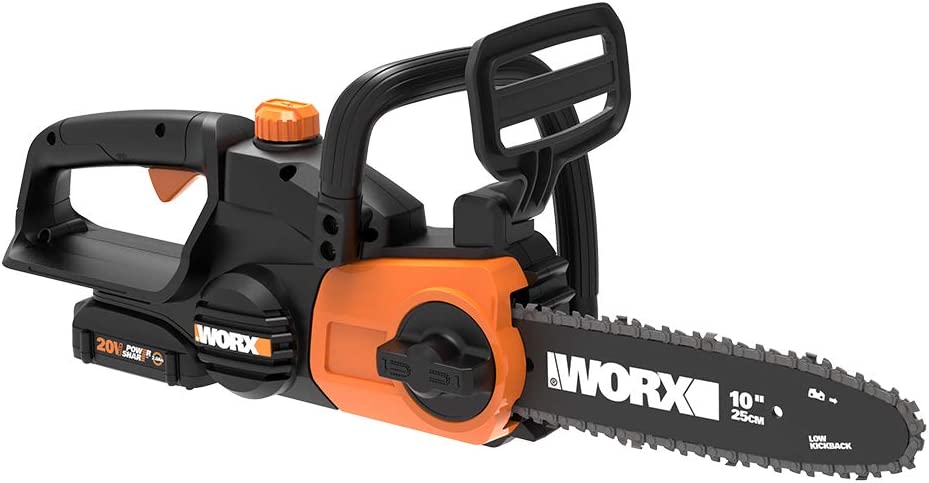Introduction
Welcome to the world of chainsaws, where power and precision come together to tackle the toughest forestry tasks. Whether you’re a professional arborist, a dedicated DIY enthusiast, or simply someone in need of a reliable tool for occasional tree maintenance, finding the perfect chainsaw can be a daunting task. Fear not! I’m here to provide you with comprehensive guidance, expert tips, and valuable insights to ensure you make an informed decision. In this article, we’ll delve into crucial factors such as cutting capacity, safety features, ergonomic design, and environmental considerations, empowering you to choose a chainsaw that suits your specific needs like a pro.
Understanding Cutting Capacity
When it comes to choosing a chainsaw, understanding cutting capacity is essential. Chainsaws come in various sizes, each with a different cutting capacity determined by their bar length and engine power. Consider the following:
Bar Length: The bar length determines the size of the logs you can comfortably cut. Smaller bars (12 to 14 inches) are suitable for light pruning and trimming, while longer bars (16 to 20 inches or more) are ideal for felling larger trees.
Horsepower and Engine Capabilities: Higher horsepower and engine capabilities result in faster and more efficient cutting. Evaluate your cutting needs and choose a chainsaw with adequate power for optimal performance.
Ensuring Safety Features
Safety should always be a top priority when operating a chainsaw. Look for the following safety features:
Chain Brake: A chain brake is a vital safety component that stops the chain from rotating in the event of kickback or other mishaps.
Anti-vibration Systems: Chainsaws with anti-vibration features minimize user fatigue and ensure a more comfortable experience during prolonged use.
Kickback Reduction Mechanisms: These mechanisms reduce the risk of kickback, a sudden upward motion of the guide bar that can be dangerous. Look for chainsaws with built-in kickback protection.
Emphasizing Ergonomic Design
Ergonomics plays a crucial role in user comfort and control. Consider the following ergonomic factors:
Handle Types: Chainsaws typically offer top-handle or rear-handle designs. Top-handle chainsaws are suitable for arborists and professionals working at heights, while rear-handle chainsaws provide better balance and control for ground-based tasks.
Grip Comfort: Look for chainsaws with comfortable, non-slip grips that allow for secure handling and reduced hand fatigue.
Weight Distribution: Opt for a chainsaw with well-balanced weight distribution to prevent strain on your arms and back, especially during extended periods of use.
Considering Environmental Impact
If environmental impact is a concern for you, consider the following factors:
Electric and Battery-Powered Chainsaws: These alternatives are quieter, produce no emissions, and require less maintenance compared to their gas-powered counterparts.
Emissions and Noise Levels: Gas-powered chainsaws emit exhaust fumes and can be noisy. Look for models with low-emission engines and noise reduction features.
Energy Efficiency: Battery-powered chainsaws offer the advantage of being energy-efficient, allowing you to reduce your carbon footprint.
Selecting the Right Chainsaw for Your Needs
To choose the perfect chainsaw for your specific needs, follow these steps:
Assess Your Skill Level: Consider your experience and comfort level with operating chainsaws. Beginners may opt for lighter, easier-to-handle models.
Frequency of Use: Determine how often you’ll use the chainsaw. Heavy-duty tasks require more powerful chainsaws, while occasional use may warrant a lighter, more affordable option.
Intended Tasks: Identify the primary tasks you’ll be using the chainsaw for, such as pruning, limbing, felling, or cutting firewood. Different tasks may require different chainsaw features and cutting capacities.
Conclusion: Armed with the knowledge and insights shared in this article, you’re now equipped to make an educated decision when it comes to selecting the perfect chainsaw for your needs. Remember, safety should always be a priority, so choose a chainsaw with robust safety features. Consider your cutting capacity requirements, prioritize ergonomic design for comfort and control, and if environmental impact is a concern, explore eco-friendly options. By making an informed choice, you’ll have a reliable tool by your side, ready to tackle any forestry challenge that comes your way. Happy chainsawing!



